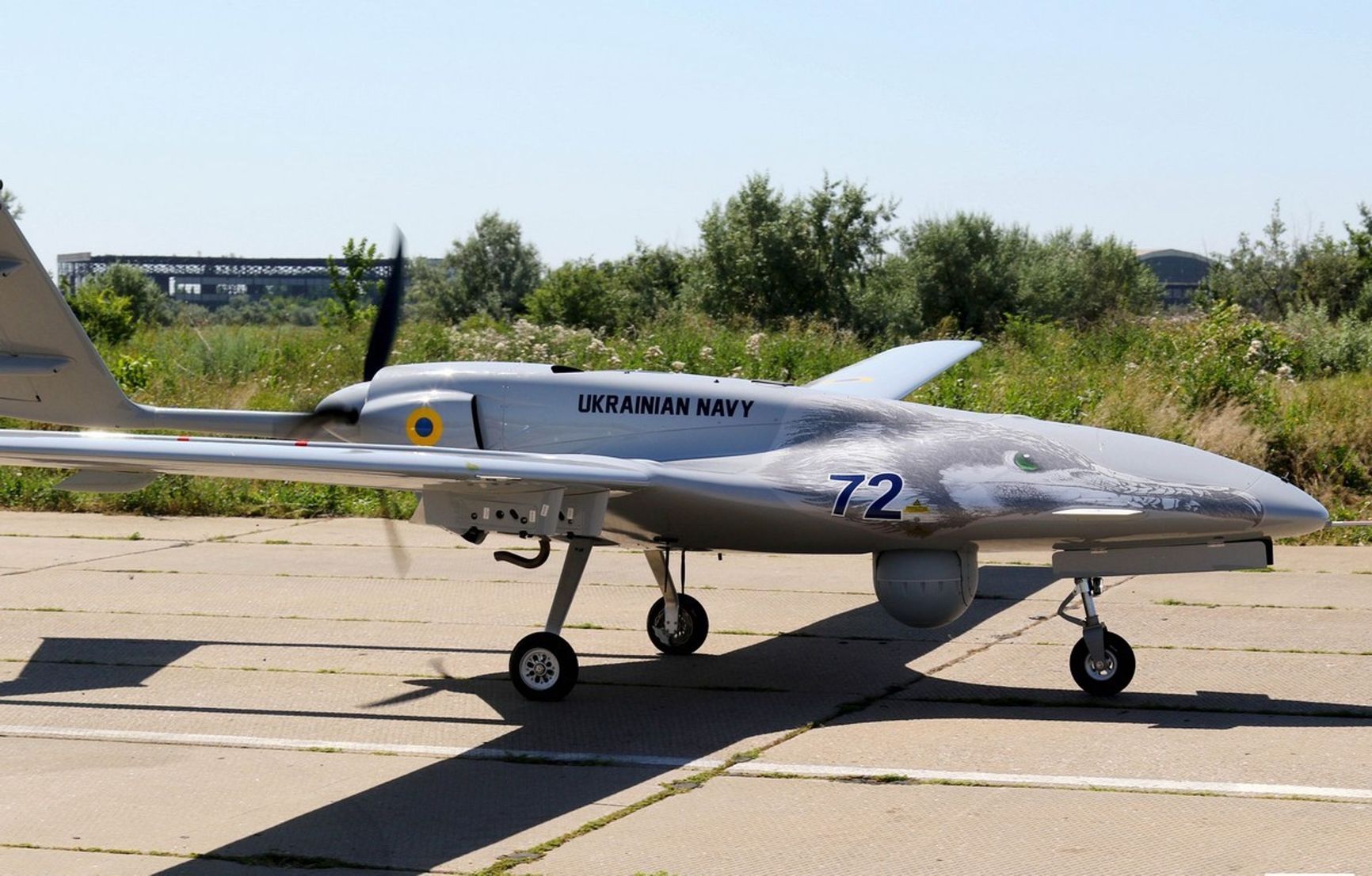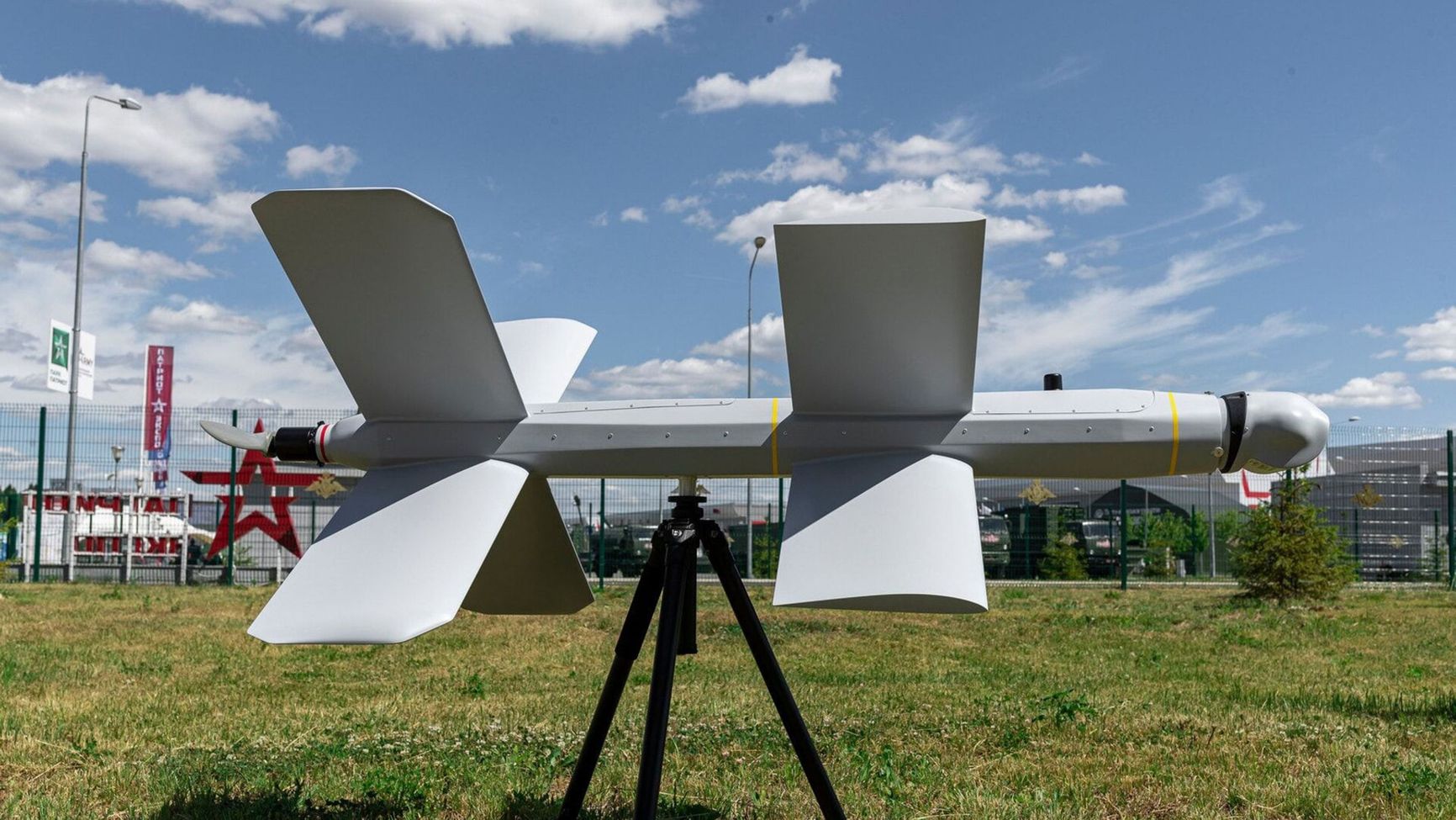

Imagine you are injured on a battlefield. You are surrounded by sounds of gunfire and battle. Another soldier, with the armband of a combat medic, has injected you with something, easing the pain. They are tapping something into a tablet on their arm and speaking into it. Within a few minutes you hear a loud humming sound as something hovers over you. Two medics move you into a harness and you are lifted above the ground into the aircraft hovering three metres above; VR goggles are placed over your eyes and earphones over your ears. The noise of battle goes and you see a friendly but determined face appear before you in the VR goggles and a soothing voice says ‘you are now being removed by CASEVAC drone, here is what is going to happen…’. There may be soothing scenes or even music played. In fifteen minutes, the goggles are removed and you are now in a quiet surgical room. The face reappears, this time in the flesh and says ‘you are safe now’. This is the future of CASEVAC (battlefield casualty evacuation), [note to translator, there will be a Russian term equivalent to CASEVAC].
The technology just described already exists. This is just one way in which drone technology will be altering the way wars are fought. Of course, we usually think of how drones can kill people more efficiently. Sadly, this is the last you will read in this article about them saving lives in war. The correct term for military drones (and the one preferred by many experts) is ‘Uncrewed Combat Aerial Vehicle’ (UCAV). Most people, in and out of the military, call them drones. The difference between drones and missiles is that drones have some form of external control, whereas missiles are pre-programmed or ‘guided’. [Note to translator: I don’t know the Russian equivalent of UCAV, but there will be one).
In war, each side learns from the other and development speeds up. We are seeing the Ukraine war accelerate drone development in a similar way. The Ukrainian armed forces began their effective use of drones with the famous Bayraktar TB2 conducting accurate strikes on Russian vehicles. The Russians soon learned to shoot these down (although they are still being used). Then smaller drones designed for the civilian market were used by Ukrainian troops to guide artillery, in combination with secure satellite communications supplied from the Starlink system. The Russians do the same – although using their own communications. Thousands of Chinese-made small drones now dominate the air over the ‘zero line’ causing havoc either directly by dropping grenades, or indirectly, by guiding artillery or mortar fire. All soldiers, on both sides, are painfully conscious that they may be watched.

Bayraktar TB2
As the Ukrainian counteroffensive began in June, the use of ‘suicide’ FPV (First Person View) drones began to become a very significant factor on the battlefield, destroying hundreds of vehicles (and people) on both sides. They continue to do so. Both sides work hard on countermeasures. Radar-guided guns can work well. However, small drones are difficult to target visually or even by radar. The most vulnerable element of any drone system is the data link between the drone itself and the operator. Cutting that electronic link renders the drone useless and it will fall from the sky. This has meant that electronic warfare has become absolutely vital, with each side gaining the advantage on the battlefield, and losing it again.
This brings us to the next and even more disturbing development, the combination of Artificial Intelligence and drone technology. We have already seen the beginning of this with ‘loitering’ drones. Western powers such as the UK (‘Switchblade’) and the US (‘Pheonix Ghost’) have supplied these to Ukraine. Russia has similar systems such as the ‘Lancet’, much-feared by Ukrainian tanks crews and of course the Iranian Shahed drones.
These drones are programmed with a target (or kind of target, for example a particular type of tank or missile system) , and will fly around until it has identified such a target and determine the best approach and trajectory. These ‘loitering’ drones are particularly useful against targets that need to emerge from hiding or need to switch on radars -like anti-aircraft systems - to function. Such systems are particularly effective against anti-aircraft missile systems which will be attacked when they switch on their radars. When they are hit, the way is clear for guided missiles to come through. It is probable that this is how the recent attack on the Sebastopol Naval Headquarters was carried out.

Lancet
At the strategic level, both Ukraine and Russia have been using drone technology against cities and bases far behind the lines. As matters stand, most Russian missiles are shot down by increasingly efficient western supplied anti-aircraft systems. Ukraine has retaliated by launching guided-missile and drone strikes (probably organised by the GUR ) of increasing sophistication against Russian targets, most recently in Kursk. Many of these have been focussed on Crimea. It has been surprising that the highly-regarded Russian integrated air defence system – with some of the best radars and missiles in the world, has failed to defend some of Russia’s most sensitive bases. That they seem to have done so with adaptations of relatively primitive Soviet Technology – such as the Tupolev 141 adapted cruise-missile is even more surprising, but that is what has happened. Their latest missiles, the ‘Bober’ -for example, may have recently been used against the Pskov air base. It carries a small explosive charge, but its development threatens far more formidable Ukrainian-designed missile systems in the near future. Russia will need to improve its anti-aircraft performance quickly, if it is not to suffer greatly from these new weapons.
The next horrible step is AI-guided swarming drones. Imagine a situation where fifty troops are spread out in a village or forest. The last thing they hear is the noise of hundreds of hand-sized drones, each armed with a bullet or small explosive device. These are programmed to attack people with certain characteristics. A particular kind of rifle, perhaps, combined with a certain camouflage pattern on a uniform or even – given the environment – just any human being. These fly around relentlessly – perhaps for hours - hunting down anyone with those criteria. Soon all but a very few who have locked themselves in a closed room, or deep dugouts are dead. A situation like this may already have happened in the Israel-Palestine conflict. That particular capability has not yet been demonstrated. It is coming. Clearly, there are serious ethical problems with this technology. Having a machine decide who lives and who dies is a deeply sinister development.
So much for the rapidly-developing contemporary battlefield. What about fighters, bombers and the future of air forces. Air forces are largely run by (and some air force people claim -for) pilots. Is the day of the swashbuckling fighter pilot over? The answer is ‘not yet, but very soon’. AI pilots (that is AI systems that have been ‘trained’ on every possible aerial manoeuvre) have shown themselves to be far, far faster and more capable than even the best pilot. So far, for safety reasons, this has only been in simulators, but the day is coming soon when live action will prove the superiority of Artificial Itellegence in this area of combat. Testing and development is under way for the next generation of fighter and bomber aircraft to be either unmanned or ‘optionally’ manned’ – able to fly with or without a crew. Efforts are also underway for manned aircraft to act as ‘leaders’ directing large-numbers of AI piloted drone fighters and bombers in the sky to conduct missions. the US is well-advanced in development of these ‘Collaborative Combat Aircraft’ (CCA) systems.
We can be sure that AI and machine-learning will play a huge role over the next decades. Human pilots may be rare, although for some of those ethical reasons, they will be necessary. But who would want to be deployed onto a battlefield with AI-directed killer-drones, buzzing around in their thousands? Meanwhile, today, on both sides of the ‘zero-line’ in Ukraine, soldiers fearfully look up, straining their ears for that sound which tells them that they are in somebody’s sights.